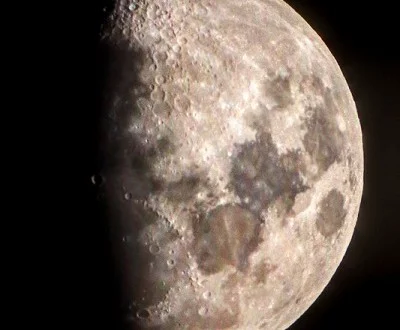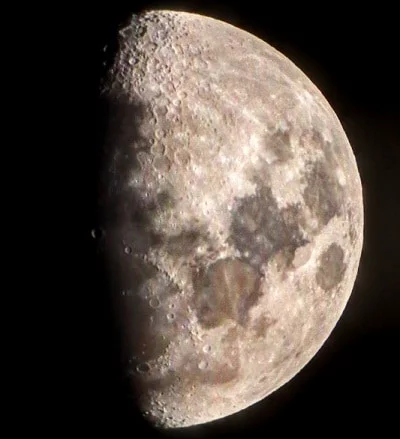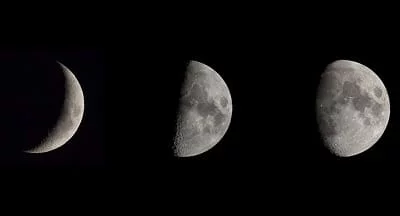Moon Symbolism: General
Hundreds of years before man even stepped foot on the moon they were still fascinated with it. The moon was a mysterious symbol in the night skies since man knew how to look up. Many cultures even worshiped a moon god or goddess in the past. Since the moon has always been a mystery, there has always been symbolism for the moon.
Over the centuries, this symbolism has built up, making tons of moon symbolism today. This article will discuss some of the moon’s general symbolic traits, the symbolic meanings of some moon phases, and how you can use thinking about the moon to your advantage while you meditate.
Since people have been talking about the moon for ages, there is a lot of symbolism surrounding it. One of the strange things about the moon’s symbol is that, even though many different cultures put their own symbolism into the moon, they have the same general sort of symbolism to describe the moon.
In many cultures, the sun is seen as a masculine force of nature, while the moon is seen as being more feminine. Because of this, the moon carries some stereotypical feminine symbolic traits. The moon is seen as an emotional, passive, fertile, mysterious, wonderful, and generally intelligent symbolic orb.
Phases of the Moon and their Symbolism
The moon’s phases also add more symbolic meaning to the moon. Many cultures have stories about why the moon has phases to begin with. In case you haven’t noticed before now, the sun doesn’t have phases. One of my favorite myths about why the moon has phases and the sun doesn’t is a myth that comes from ancient Egypt.
This myth states that there was a god named Horus. His eyes controlled the rise and fall of the moon. One day he was in a fight with another god, Set. Set damaged his left eye, the moon eye, and not his right, the sun, eye. Because of the moon phases, the moon gets additional symbolism like time, cycles, transition, progress, and change. The different phases of the moon have their own symbolism as well. Read about the Eye of Horus Symbolism.
New Moon
The new moon has a rather obvious symbolism: new beginnings. Cycles, new starts, rebirth, and new opportunities are all symbolic of the new moon.
Full Moon
Full moons are generally seen as being the most powerful moons. They can represent both strength and power. Other symbolic traits of the full moon are clarity, fullness, desire, bravery, healing, and mystery.
Waning Moon
The waning moon is symbolic of letting go, starting over, quitting, hiatus, and generally taking a break.
Waxing Moon
The waxing moon is representative of growth, change, heaviness, gain, and winning.
Meditating With The Moon
If you want to use the moon to meditate it doesn’t mean that you need to save your meditation for night-time. Instead of using the moon literally, think of it symbolically. Let your emotions inflate and then go away. Clear your mind. Don’t let the mysteries of the world bother you, throw it all to the moon. Be light like the moon. Be peaceful like the moon.
Accept that changes happen like the moon. Take changing, but steady deep breaths. Do this in a cyclical nature. Focus on the moon and everything that it stands for. Of course, if you want to meditate at night to inspire you, then you can.
If you want to learn more about the lunar moon meanings, planets, symbolism, or meditation, then you can read more articles like this one here on SunSigns.Org.
See Also:
 Sun Signs Everything Under The Sun!
Sun Signs Everything Under The Sun!


